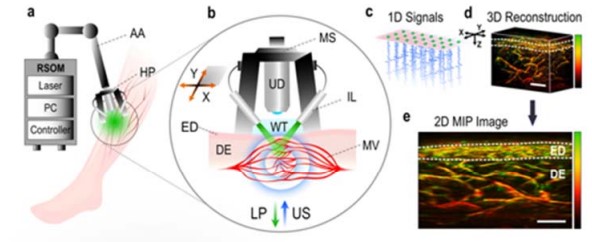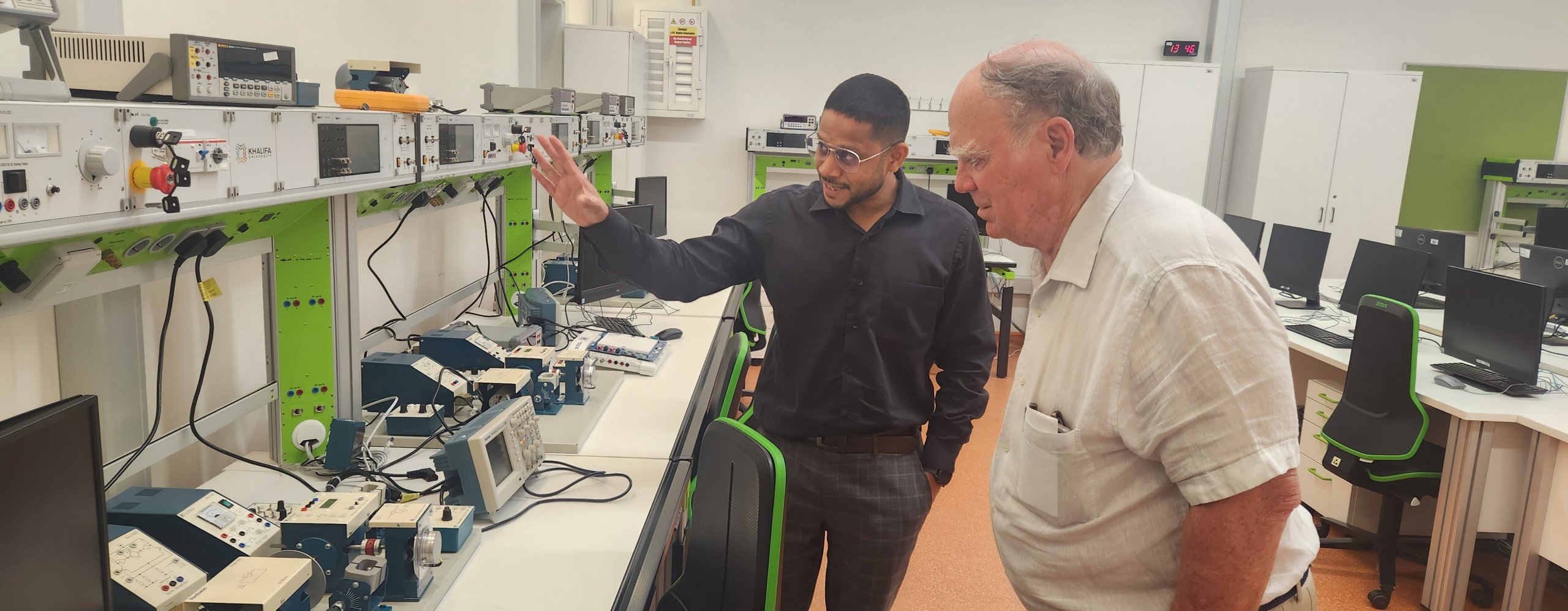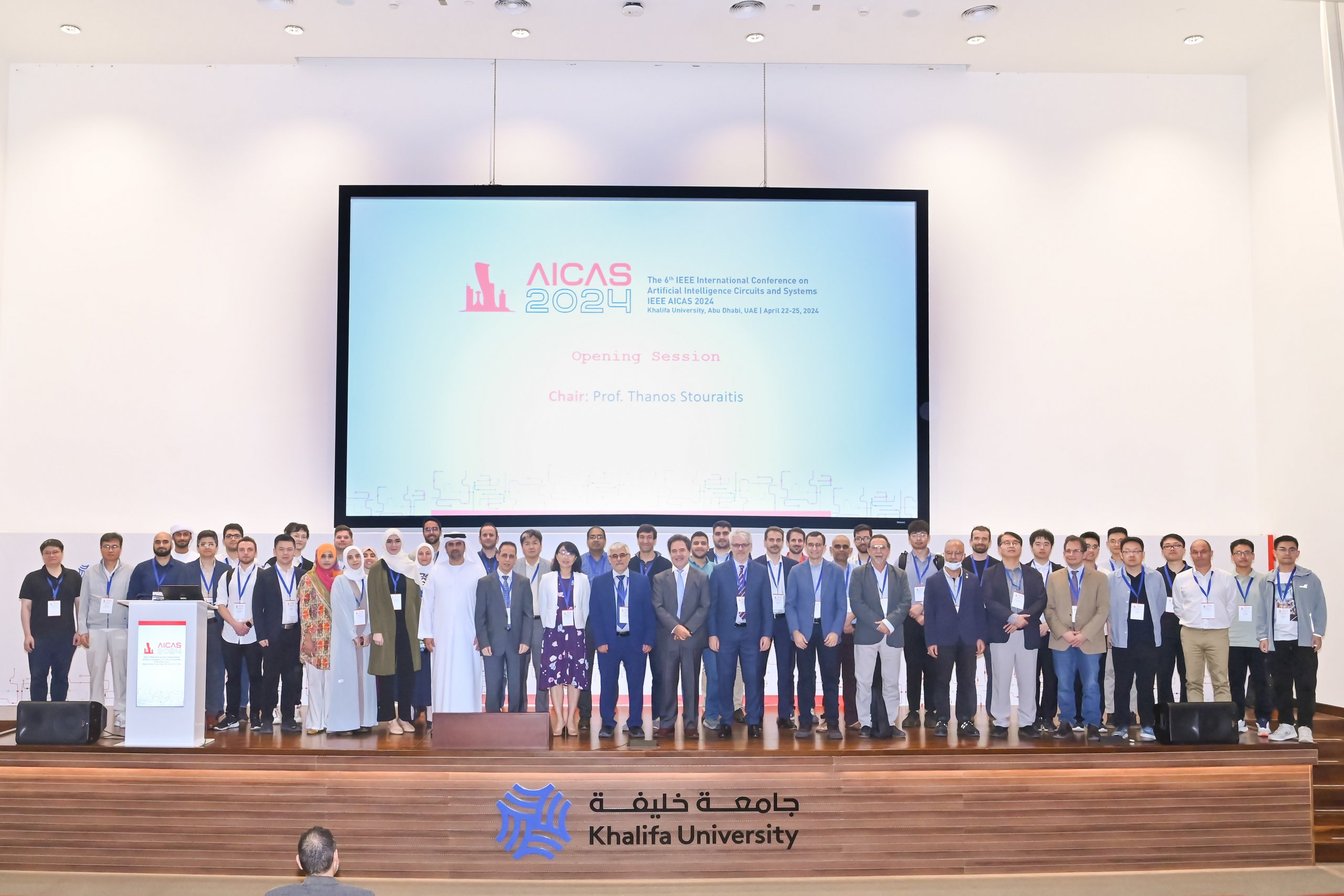
Advanced imaging and machine learning techniques unveil skin’s hidden microvascular network structures that could be early warning signs of diabetes onset and its severity
A team of researchers co-led by Khalifa University’s Prof. Leontios Hadjileontiadis, Chair of the Department of Biomedical Engineering and Biotechnology, has used machine learning techniques to identify features in skin’s microvascular network that are highly sensitive to diabetes and could help predict early onset of the disease, along with its severity. Their technique uniquely assesses the epidermal, dermal and subcutaneous fat layers to reveal the microvascular structures and using clinically explainable machine intelligence offers the potential for a new diagnostic and stage monitoring approach.
Prof. Hadjileontiadis collaborated with researchers from Helmholtz Zentrum Munchen, Technical University of Munich, Munich Heart Alliance, and Aristotle University of Thessaloniki. Their results were published in the journal Nature Biomedical Engineering.
The research team turned to a non-invasive imaging technique called optoacoustic mesoscopy. This technique offers a detailed view of the microvasculature in-vivo, providing ultra-detailed images of skin vessels down to single capillary resolutions.
Using these images, the team employed machine learning techniques to link specific microvasculature features to diabetes complications. This method offers valuable insights by highlighting the precise microvascular network changes as diabetes gradually progresses.
Diabetes mellitus is a group of metabolic diseases, all of which are characterized by high blood glucose levels. If left untreated, diabetes can lead to severe complications including blindness, kidney and heart disease, stroke, loss of limbs, and reduced life expectancy. It is a major public health problem, affecting hundreds of millions of people worldwide and representing a substantial economic burden on society.
For the UAE, diabetes is a serious public health concern. Research shows that the prevalence of diabetes among citizens of the UAE is the second highest in the world with a prevalence rate around 20 percent in citizens above the age of 30 and as high as 40 percent in the age group 60 and above.
Diabetes also affects tissue microvasculature, the tiny blood vessels throughout the body, and these microvascular changes can severely affect the functions of many organs, including the skin. However, these skin changes can be one of the early warning signs of diabetes, often manifesting before other more commonly recognized complications arise.
Histological studies have shown thickened vessel walls and decreased vessel density in the later stages of the disease, especially in those who develop foot ulcers. However, these studies require invasive skin biopsies, which can alter the tissue’s natural structure.
“We identified specific microvascular changes within the skin that are affected differently by various stages of diabetes,” Prof. Hadjileontiadis said. “There is a significant decrease in interconnected vascular branches within the deeper skin layers as diabetes progresses. This reduction has a domino effect, leading to diminished skin perfusion, altered skin mechanics, and neuropathy. Such changes escalate the risk of chronic wounds, a serious concern for those with diabetes.”
“This is the outcome of three years of research collaboration and is a clear example of the opportunities the new technique of optoacoustics combined with machine learning could bring in the diagnosis of diseases such as diabetes,” Prof. Hadjileontiadis said.
The ability to non-invasively study these microvascular changes in real-time, in a living environment, paints a clearer picture of diabetes’ actual impact on the skin. It could revolutionize how we understand, detect, and manage the disease. As optoacoustic imaging continues to be refined, with faster scanning times on the horizon, its integration into clinical practice could soon make a difference in the detection, treatment, and monitoring of diabetes.
“The Khalifa University Biomedical Engineering and Biotechnology Department has acquired the first optoacoustic system in the MENA region, enabling the findings of this research to be further advanced towards exciting and totally innovative medical imaging capabilities for unobtrusive screening of UAE population for cardiometabolic diseases,” Prof. Hadjileontiadis said.
Jade Sterling
Science Writer
12 December 2023






